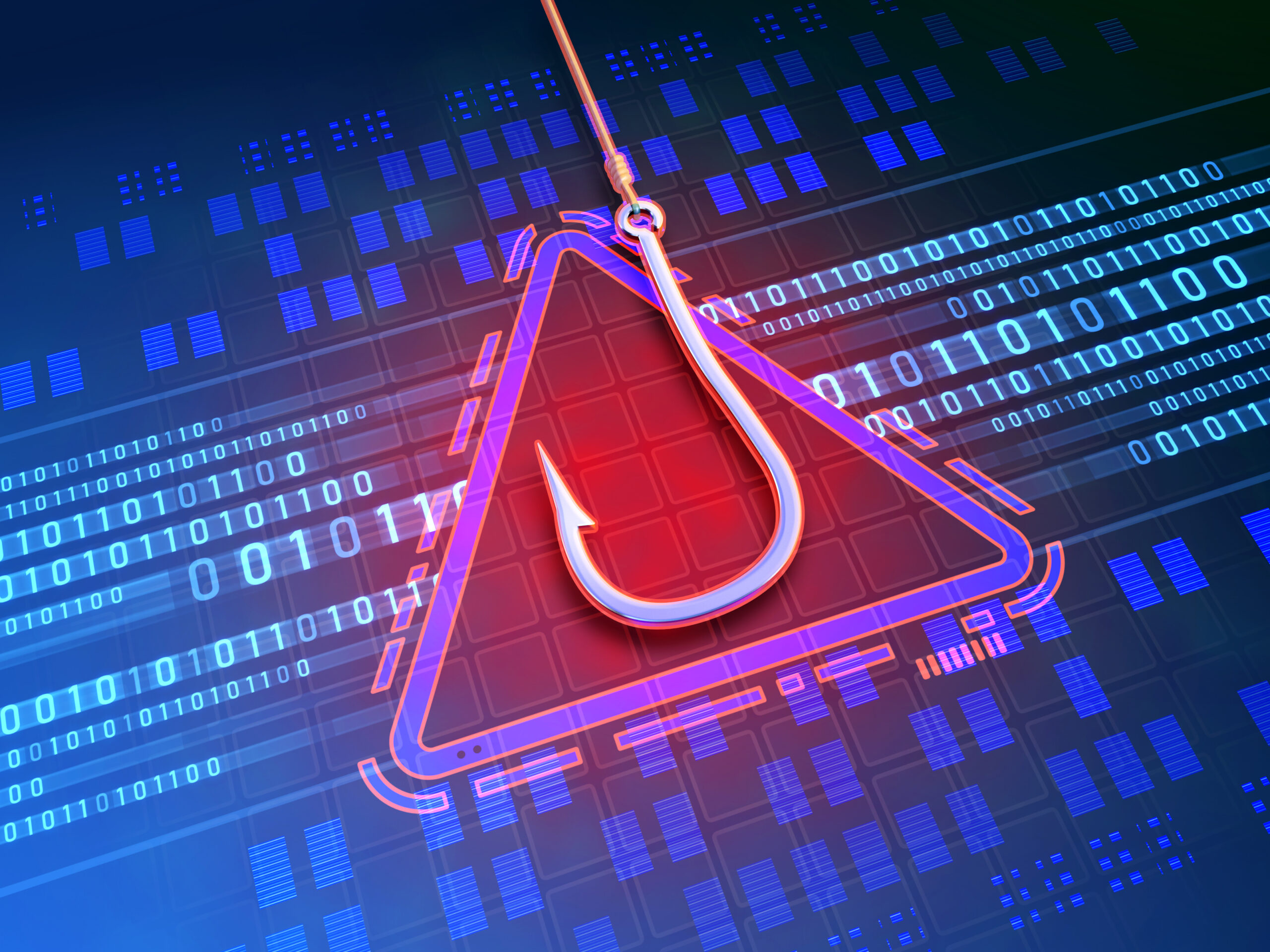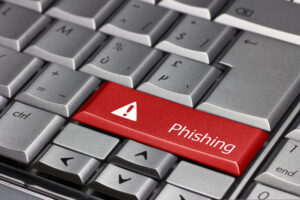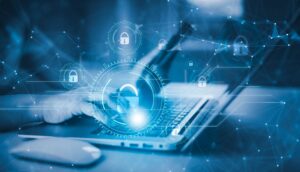Stay Vigilant: Top Tips for Phishing Prevention in Your Company

In an era where digital threats loom larger with each passing day, phishing remains one of the most insidious tactics employed by cybercriminals. This deceptive practice, designed to trick individuals into divulging sensitive information such as passwords, financial details, and company data, poses a significant risk to businesses worldwide. With the potential to undermine your organization’s security infrastructure, inflict financial losses, and erode trust among clients, the importance of phishing prevention cannot be overstated. Through this blog, we aim to shine a light on the critical nature of phishing threats and underscore the need for vigilant, proactive measures to safeguard your company’s.
Understanding Phishing
Phishing comes in various forms, each with its tactics, but their end goal remains the same: to steal sensitive information. Email phishing, the most common, involves sending fraudulent messages that seem to be from reputable sources, tricking individuals into giving up personal data. Spear phishing targets specific individuals or companies, making the deceit more personalized and harder to detect. Whaling aims higher, focusing on top executives with access to highly sensitive information. Meanwhile, smishing and vishing exploit text messages and voice calls, respectively, showing that phishing can transcend the digital realm and infiltrate more direct lines of communication. Understanding these types is crucial for developing more effective defenses against these pervasive threats.
Recognizing Phishing Attempts
To effectively guard against phishing attempts, it’s critical to recognize their hallmarks and educate your team on these red flags. Phishing emails often feature urgent or alarming language designed to provoke immediate action, misleading the recipient into sharing confidential information without proper scrutiny. Furthermore, the email sender’s address may appear legitimate at a glance but often contains subtle discrepancies that betray its fraudulent nature. These messages may also include links to malicious websites or attachments harboring malware, both crafted to look authentic. By fostering an environment of awareness and skepticism towards unexpected or unsolicited communications, companies can significantly reduce their vulnerability to these deceptive tactics.
Employee Education and Training
The linchpin in fortifying any organization against phishing attacks rests squarely on the shoulders of its employees. Educated and vigilant staff are your first line of defense, capable of identifying and neutralizing threats before they can manifest into breaches. Implementing comprehensive employee education and training programs on cybersecurity is not merely beneficial; it is imperative. Such programs should cover the spectrum of phishing techniques, emphasizing the importance of scrutinizing emails, links, and attachments, regardless of their apparent source. Regularly updated training ensures employees stay abreast of evolving phishing tactics, fostering a culture of continuous learning and vigilance that can significantly diminish the risk of successful phishing attacks within your company.
Creating a Response Plan
Creating a detailed response plan for phishing attempts is critical in maintaining your company’s security posture. When a phishing attempt is identified, employees should have a clear, simple process to follow, which often begins with reporting the attempt to your IT security team. This immediate action allows for a quick response, potentially mitigating any damage. Additionally, the importance of a clear reporting process cannot be overstated; it ensures that all staff members, regardless of their role or level of cybersecurity knowledge, know exactly what steps to take and whom to contact. This clarity not only streamlines the response to phishing attacks but also reinforces a company-wide culture of security awareness and collective responsibility.
Legal and Compliance Considerations
Navigating the murky waters of the legal and compliance aspects of phishing incidents is pivotal for organizations aiming to maintain not only security but also conformity to regulations. Phishing attacks often lead to breaches involving sensitive personal and financial information, putting companies at risk of violating data protection and privacy laws, such as GDPR in the European Union and CCPA in California. Compliance requirements necessitate that organizations implement robust security measures to prevent such breaches and ensure prompt reporting when they occur. Failure to adhere to these regulations can result in hefty fines and legal penalties, in addition to the reputational damage. Thus, understanding the interconnectedness of cybersecurity practices, legal obligations, and compliance standards is essential for any company committed to safeguarding itself and its clients from the evolving threat of phishing.
Phishing Prevention Tools and Services
Employing a multifaceted approach to phishing prevention not only enhances your organization’s security posture but also builds a resilient defense against sophisticated phishing attempts. Ensuring that all software and systems are up to date with the latest security patches can significantly reduce vulnerabilities that phishers exploit. Advanced email filtering solutions act as a formidable barrier, scrutinizing incoming messages for phishing indicators and thereby reducing the likelihood of malicious emails reaching your employees. Meanwhile, multifactor authentication adds an additional layer of security, making it far more challenging for attackers to gain unauthorized access even if they manage to obtain login credentials. Finally, partnering with a specialized IT company provides access to expert guidance and advanced technologies, further fortifying your defenses against the constantly evolving tactics utilized by phishers. Together, these tools and services form a comprehensive shield, safeguarding your organization from the damaging impacts of phishing attacks.
The pervasive threat of phishing demands unwavering vigilance and proactive defenses. By recognizing phishing attempts, educating employees, creating a robust response plan, adhering to legal and compliance requirements, and utilizing advanced prevention tools, organizations can significantly bolster their protection against these insidious attacks. Remember, cybersecurity is not a one-time effort but a continuous battle requiring constant attention and adaptation.
Don’t wait for a security breach to take action. Contact Re2Tech Technology Consultants today to schedule a comprehensive cybersecurity audit for your company. Boost your defenses and protect your digital landscape with experts you can trust.
Share This Article

Think Before You Click: Understanding Modern Phishing Tactics
In today’s digital world, cybersecurity threats are everywhere and phishing is one of the most common and dangerous. You may think you’d never fall for

The Importance of Real-Time Network Monitoring in 2025
In today’s digital-first world, businesses rely on secure and uninterrupted network connectivity to maintain productivity and protect sensitive data. As cyber threats become more sophisticated

The Future of Endpoint Detection & Response (EDR): Why It’s Essential for Cybersecurity
In the face of ever-evolving cyber threats, traditional security measures like antivirus software and firewalls are no longer sufficient to safeguard businesses from sophisticated attacks.
